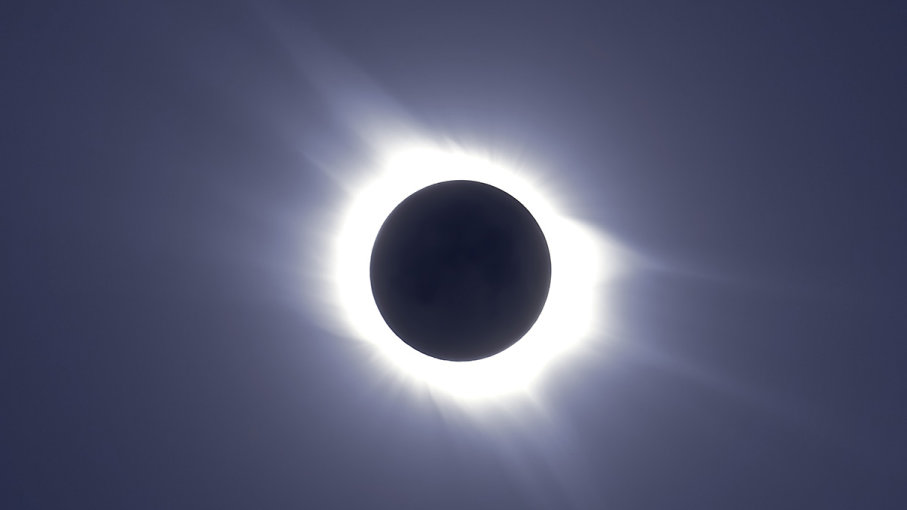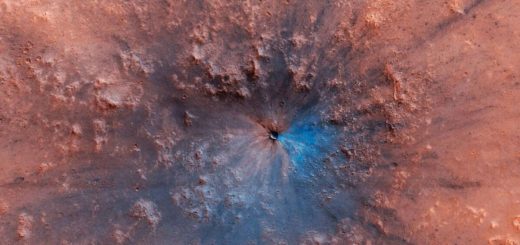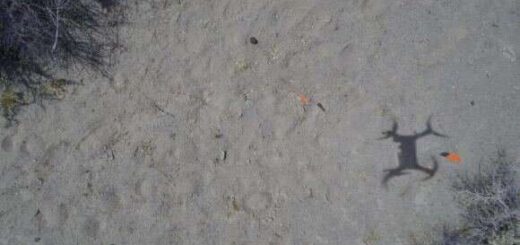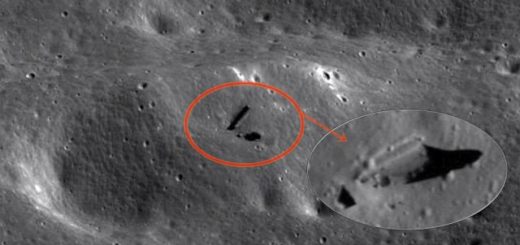An App for Visually Impaired People to Experience the Total Solar Eclipse

dramatic phenomenon?
Henry “Trae” Winter, a solar astrophysicist at the Harvard-Smithsonian Center for Astrophysics in Cambridge, Massachusetts, is on the case for the Aug. 21 solar eclipse. He and his team are partnering with NASA’s Heliophysics Education Consortium to develop Eclipse Soundscapes, a two-pronged project that will make multisensory experiences available to the sight impaired, both during and after the astronomical event.
“I really wanted to try to engage with this population that’s been traditionally excluded [from science], especially from astronomy and astrophysics,” Winter says.
There are two components: an app and a citizen science project. The app has assistive audio cues that visually impaired people can access live during the eclipse. It’s now available for download and, during the eclipse, will use the phone’s GPS to geo-locate the user to let her know where she is relative to the path of totality, a narrow corridor that will extend from Oregon to South Carolina. Although the eclipse, from beginning to end, will last a few hours, depending on the location, anyone in the path will experience darkness as the disk of the moon completely covers the sun for about two to two-and-a-half minutes. Those north and south of the band will have a chance at a partial eclipse.
The eclipse is not just about standing in the temporary shadow cast over a part of the United States, but about gaining a deeper understanding of the sun. During an event, certain features and phenomena on our star are visible from Earth, and the app’s countdown clock signals the start of these events. For instance, totality offers a rare opportunity to view the sun’s corona, the aura of plasma that surrounds it and extends millions of kilometers into space. People may see features called helmet streamers, named after the spiked helmets Germans wore in World War I, which are extraordinary looplike structures that develop over magnetic regions.
For those with the app, representative images of these features appear onscreen along with real-time audio descriptions. Describing these and other phenomena to sight-impaired people who may have no context for the events is the job of a specially trained team from the nonprofit organization, the National Center for Accessible Media, which invented closed captioning subtitles for the hearing impaired. They’re experts at researching and analyzing visual information, such as images, pictures, graphs and charts, and creating interpretations meaningful to people who are blind or visually impaired, says Winter.
Here’s a snippet from the description for the helmet streamers:
Projections of light from the sun’s outer atmosphere called helmet streamers extend in all directions from behind the moon. In contrast to the black, featureless moon, the pale, wispy streamers appear as delicate as lace. The largest streamers have a tapered shape that resemble flower petals. They extend from opposite sides of the sun, with smaller rays of light between them.
But that’s not the only auditory feature. The app also has a feature called a “rumble map,” which lets people hear and “feel” different features of the eclipse. When an image of a specific event appears on the app, the user can run a finger over the screen. As she does, the phone’s speakers will each create sounds at slightly different oscillating frequencies, producing vibrations and low-pitched wavering tones that change with brightness levels.
“It interprets changes in light as changes in sound, and provides an audible signal that lets you know when you’re going from light to dark,” says Winter.
Diamond ring during solar eclipse
A second “diamond ring” occurs, as photographed in Queensland, Australia, during a 2012 total solar eclipse.
ALAN DYER/STOCKTREK IMAGES
Users can hear and feel the outline of the moon in front of the sun, as well as hear and feel phenomena that typically draw millions of eclipse chasers from around the world to the path of totality. For example, the diamond ring effect happens just before and after totality, when a bright outpouring of sunlight bursts from one small area along a thin ring of sunlight encircling the moon.
“That’s a powerful experience and a beautiful image for people who can see,” says Winter. Now visually impaired people will be able to experience it as well.
The science doesn’t stop once the event is over. Right now, anyone can sign up on the website to be a citizen scientist during the eclipse, recording sounds that occur during the eclipse. Instructions for how to make recordings are available on the Eclipse Soundscapes site, as are a series of active listening exercises to help anyone become more aware of the visual and audible changes that may occur during an eclipse, says Winter.
“Anybody who records their local soundscape with whatever tool they have will be invited to share that on our website,” he says.
Some of the changes in sounds may come from animals, whose behavior adjusts as though night has fallen. Birds and cicadas stop singing, crickets begin to chirp. Eclipse Soundscapes is collaborating with the National Park System, which has recording instruments already set up in 16 locations around the country. People observing the eclipse have their own unique reactions, too, and Winter encourages folks to record those sounds as well.
“We hope people will learn not just how different animals react but how different people react,” says Winter.
For a scientist whose career has been immersed in astrophysics, this will be Winter’s first solar eclipse. He said he has plans to view it from Nebraska, from an undisclosed location south of Omaha. For a few minutes, Winter and his team will find a few minutes of rest, before getting back to work on their labor of love.
“It’s been one of the hardest eight months of my life trying to bring this Eclipse Soundscapes app to life,” he says.
“I strongly believe that science is made better when everyone participates,” says Winter.



 Creators of mankind
Creators of mankind Description of “Tall white aliens”
Description of “Tall white aliens” Where they came from?
Where they came from? About hostile civilizations
About hostile civilizations The war for the Earth
The war for the Earth “Tall white aliens” about eternal life
“Tall white aliens” about eternal life Video: “Nordic aliens”
Video: “Nordic aliens” Aliens
Aliens Alien encounters
Alien encounters The aliens base
The aliens base UFO
UFO Technology UFO
Technology UFO Underground civilization
Underground civilization Ancient alien artifacts
Ancient alien artifacts Military and UFO
Military and UFO Mysteries and hypotheses
Mysteries and hypotheses Scientific facts
Scientific facts


















